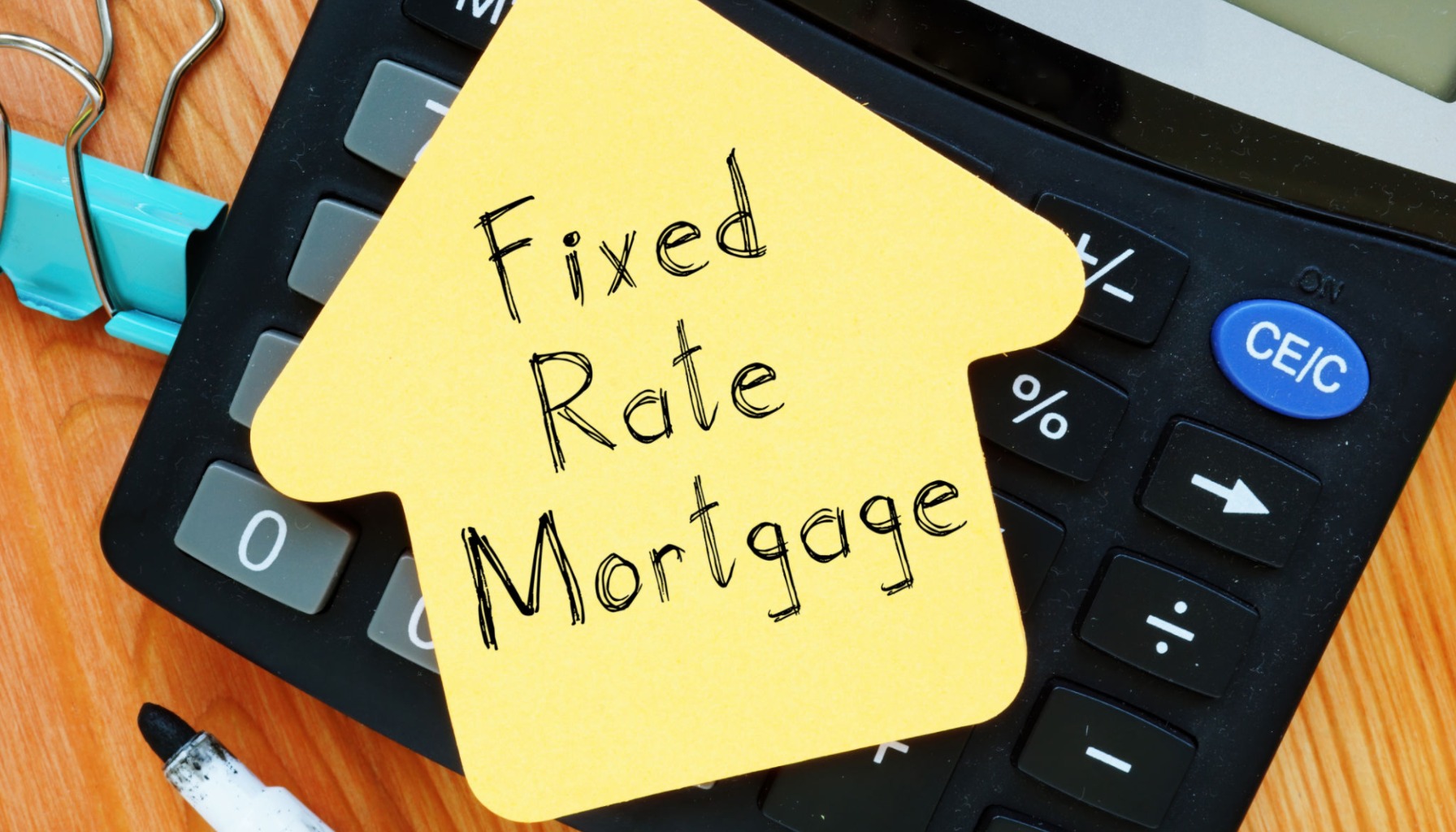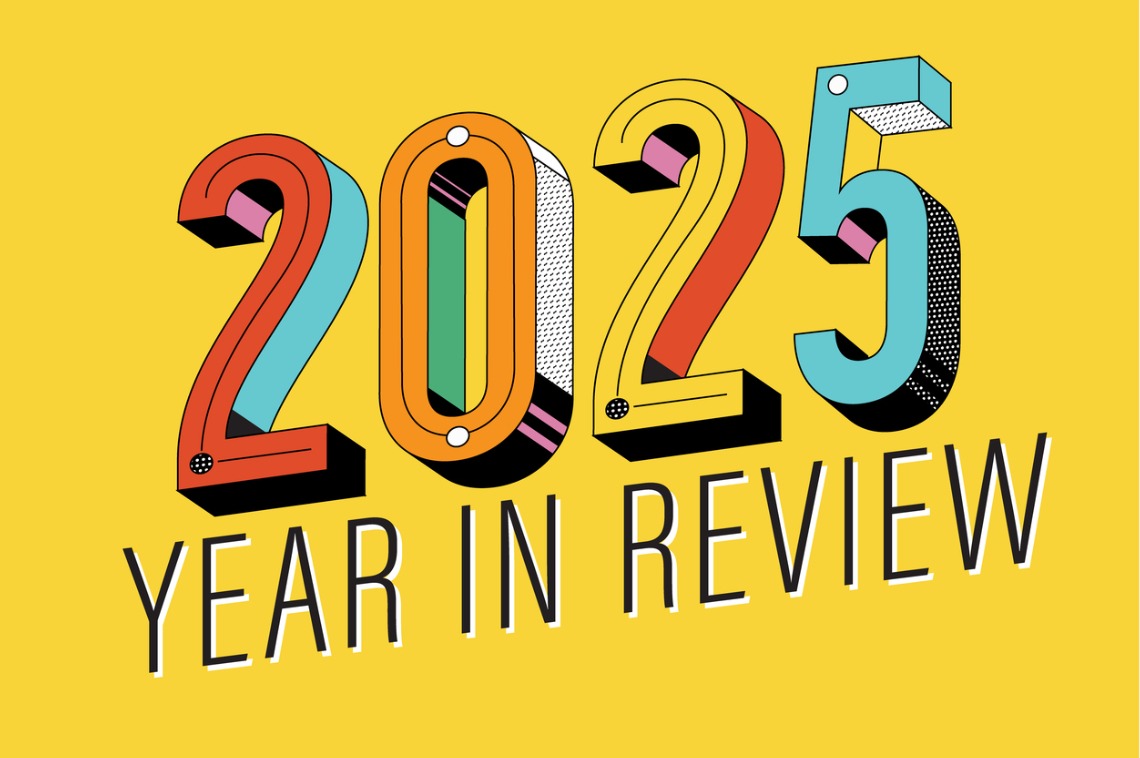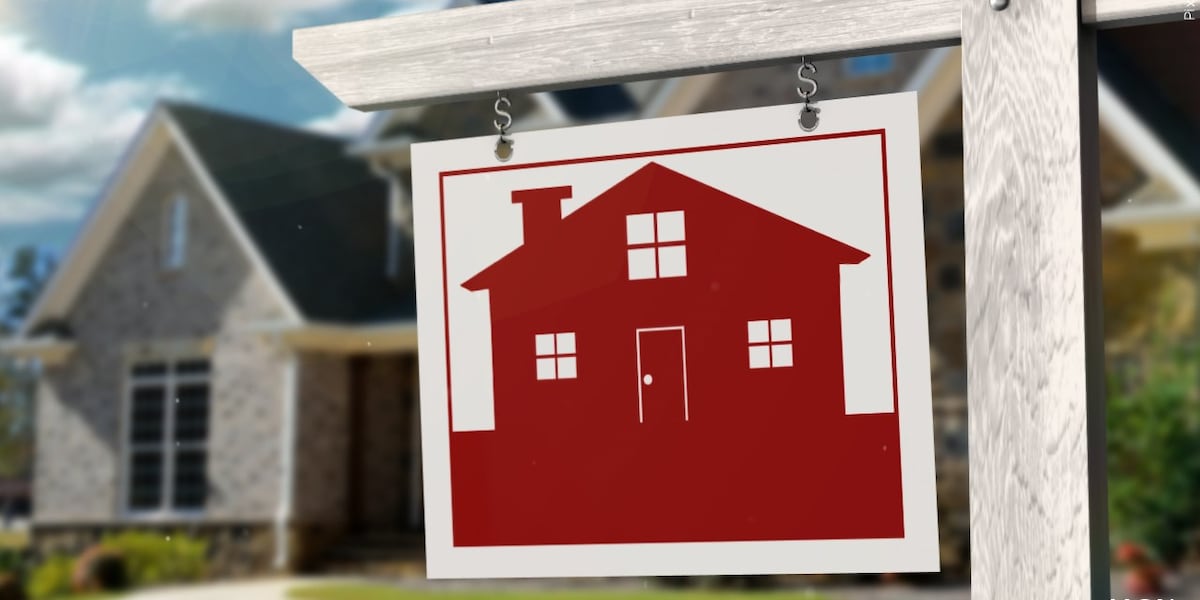I
t's time to check in on mortgage rates, and today we're focusing on the 15-year fixed-rate mortgage (FRM), which has seen a slight increase of 2 basis points, moving from 5.79% to 5.81%. This might seem like a small change, but it's part of a larger conversation about housing costs. As your guide through the often-complex world of homeownership and financing, I want to break down what this means for you, especially if you're considering a shorter loan term.
The 15-year FRM is attractive because it generally offers a lower interest rate compared to its 30-year counterpart, allowing you to build equity faster and pay off your mortgage sooner. Seeing the 15-year FRM edge up suggests that lenders are holding firm on their pricing for this popular option. This shorter loan term is like a sprinter of mortgage loans – you commit to paying more each month, but in return, you're on the fast track to being mortgage-free.
The difference between the 30-year FRM at 6.72% and the 15-year FRM at 5.81% is significant, with the 15-year option offering tens of thousands of dollars in interest savings over the life of the loan. To understand why mortgage rates are what they are, we need to look at the big picture, which often leads back to the Federal Reserve.
The Fed's actions have been a key driver of mortgage rates, and their current holding pattern is causing uncertainty in the market. The latest data shows that the federal funds rate has been cut a few times since September 2024, but inflation remains stubbornly high. This makes it difficult for the Fed to predict its next move, which in turn affects mortgage lenders.
The market is constantly trying to guess what the Fed will do next – will they cut rates again to stimulate growth or keep them steady to fight inflation? This uncertainty is why we see small movements in rates like the 2 basis point rise in the 15-year FRM. To make informed decisions, it's essential to understand how different loan products stack up.
Here's a quick look at conforming loans as of August 10, 2025:
* 30-Year Fixed: 6.72% (down 0.10%)
* 15-Year Fixed: 5.80% (down 0.07%)
* 5-Year ARM: 7.35% (down 0.19%)
The 15-year FRM consistently offers a better rate than the 30-year option, making it an attractive choice for many borrowers. For current buyers, locking in a rate when you find one you're comfortable with is often a smart move. Keep an eye on upcoming Fed meetings, especially in September and December 2025.
For refinancers, if your mortgage rate is significantly higher than these numbers, the Fed's actions could eventually create refinancing opportunities. For investors, being informed about the bond market and the Fed's policy is crucial, as small shifts can cause waves.
My take is that patience and prudence are key in navigating the current mortgage market. The Fed is caught between stimulating growth and keeping inflation in check, which means mortgage rates will likely continue to dance around current levels. Focus on what you can control – your credit score, down payment, and understanding loan options available.














